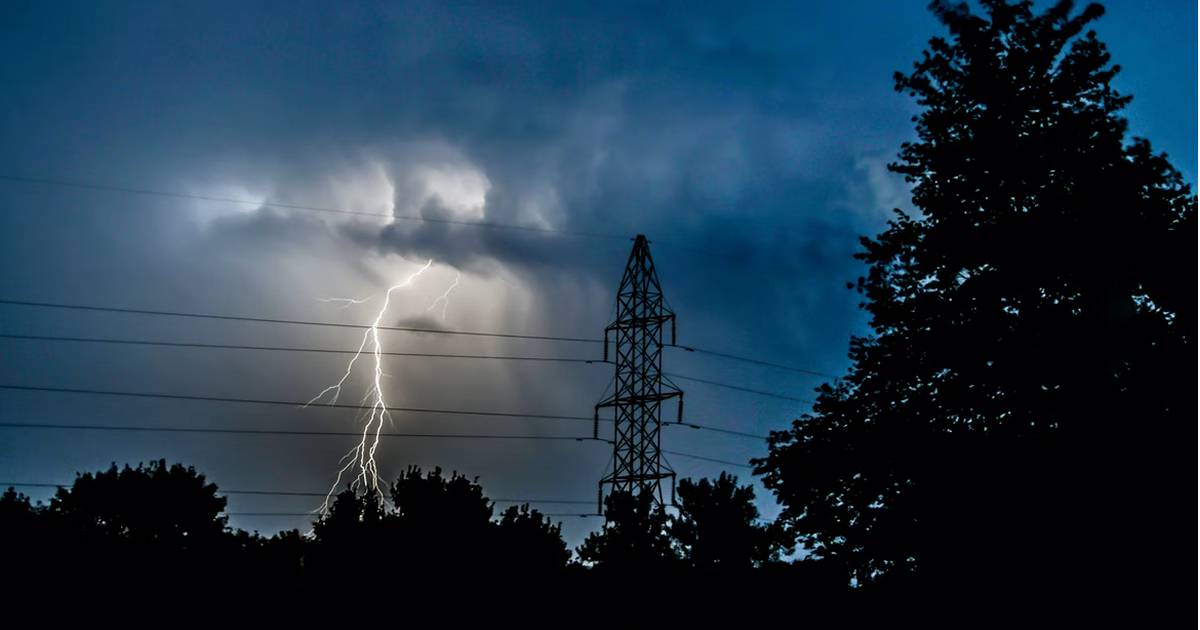
An Australian Energy Regulator draft decision setting the scene for electricity prices in several states should be published very soon. And the news isn’t likely to be good.
A Default Market Offer (DMO) is the maximum price an electricity retailer can charge a customer on a standing offer; i.e. a customer who hasn’t signed on for a market offer.
Each year since 2019 the Australian Energy Regulator (AER) has set DMO prices for small business and residential customers in South Australia, New South Wales and south-east Queensland. When DMO pricing goes up, it’s likely market offers follow suit.
Back in November last year, the AER released an issues paper for the 2023/24 financial year decision. After submissions closed at the end of November, the next milestone noted is publishing the draft determination – which was to be February 2023. So, we can expect the draft determination very soon. Then after some further consultation, the final decision will be released in May and “DMO 5” will come into effect on July 1.
What Can We Expect In DMO 5?
One thing is certain, DMO pricing won’t go down. How much it will go up by is anyone’s guess at this stage, but the ABC reported this morning:
“It is understood the draft decision will propose increases of at least 20 per cent”
Ouch.
Piling On Electricity Price Pressure
And it’s not as though there hasn’t been significant power price pain already applied in the last year, and very recently in some cases. For example, further EnergyAustralia price hikes came into effect in NSW, ACT and SA at the beginning of this month. Here’s what happened in South Australia:
Just to break that down a bit more:
- Peak: 3 pm to 1 am, 6 am to 10 am
- Off peak: 1am to 6 am
- Shoulder: 10 am to 3pm
Electricity rates are far cheaper during the shoulder period for those on Time-of-Use (ToU) arrangements thanks in part to the impact of home solar power pushing down wholesale prices during the 10am to 3pm period. However, the new peak rates are just plain nasty and I’m very glad we installed a 10kW solar system last year that will take some of the sting out. But as sunlight hours shorten, the relief will reduce.
As well as some further solar energy self-consumption fine-turning; perhaps it’s time to start thinking more about a home battery – but in our situation the figures don’t stack up yet. An electric vehicle we’ve ordered (which has been circling off the coast of Victoria on a ship for weeks1) will be sopping up a lot of our surplus; saving on energy costs in terms of fuel.
Up until late last year, our household was somewhat sheltered from recent electricity price volatility under an EnergyAustralia plan that was costing us, after discounts, 36c/kWh flat rate and a daily supply charge below a dollar a day. I grizzled about that, but took no action. So, something we’ll certainly be doing is shopping around for a better electricity plan.
Footnotes
- Another story for another time. ↩


 RSS - Posts
RSS - Posts



Speak Your Mind